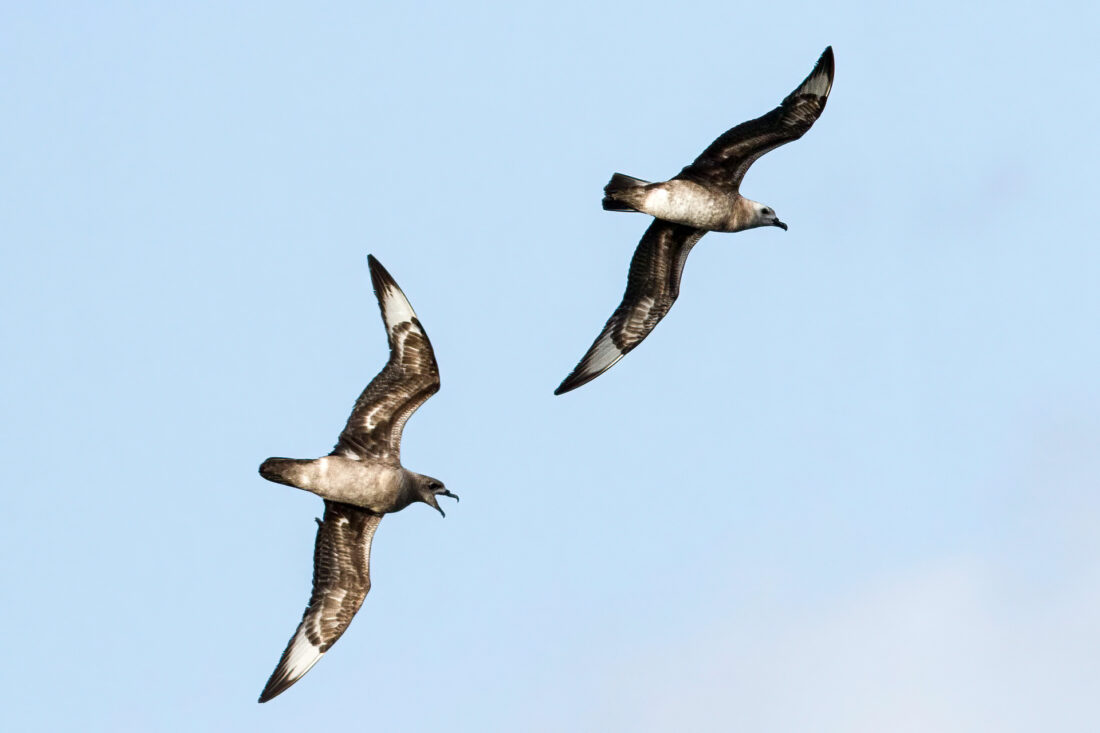Kermadec Petrel

Status: Rare in Hawai’i, naturally uncommon regionally. IUCN: Least Concern
Scientific Name: Pterodroma neglecta
Family: Procellariidae
Population: 150,000 – 200,000 (world, estimated)
Known to breed on offshore islets across the south Pacific, this seabird is named for a series of islands within New Zealand. It is rarely seen in Hawai’i, although individual Kermadec Petrels have been spotted flying around Kīlauea Point National Wildlife Refuge since at least the late 1990s. In the last few years, at least three Kermadec Petrels have been seen on the ground in the Nihoku enclosure at KPNWR. If the birds did eventually breed at KPNWR, it would be a first breeding record for not only Hawai’i but the entire Northern Hemisphere.
Feeding: Feeds mainly on squid, fish, and crustaceans using the following techniques:
- Surface-seizing: grabbing fish while sitting on surface
- Contact-dipping: Flies low over water and catches fish while flying
- Piracy: Attacking other seabirds to force regurgitation
Breeding: Typically an asynchronous breeder with variations in life cycle depending on colony size and location. Like other Procellariidae, Kermadec Petrels form long-term pair bonds, lay one egg per season, and exhibit bi-parental care of chicks. Known breeding colonies: Kermadec Islands (apart from Curtis and L’Esperance Rock), Balls Pyramid (Lord Howe), Phillip Island (Norfolk Island), Pitcairn, Austral, Tuamotu, Easter, Juan Fernandez and San Ambrosio Islands. Recolonization efforts are underway on Raoul Island.
Incubation period: 50-52 days
Chick period: 110-130 days
Nest habitat: On the ground under vegetation or in rock crevices
Sources: https://nzbirdsonline.org.nz/species/kermadec-petrel
http://datazone.birdlife.org/species/factsheet/kermadec-petrel-pterodroma-neglecta
